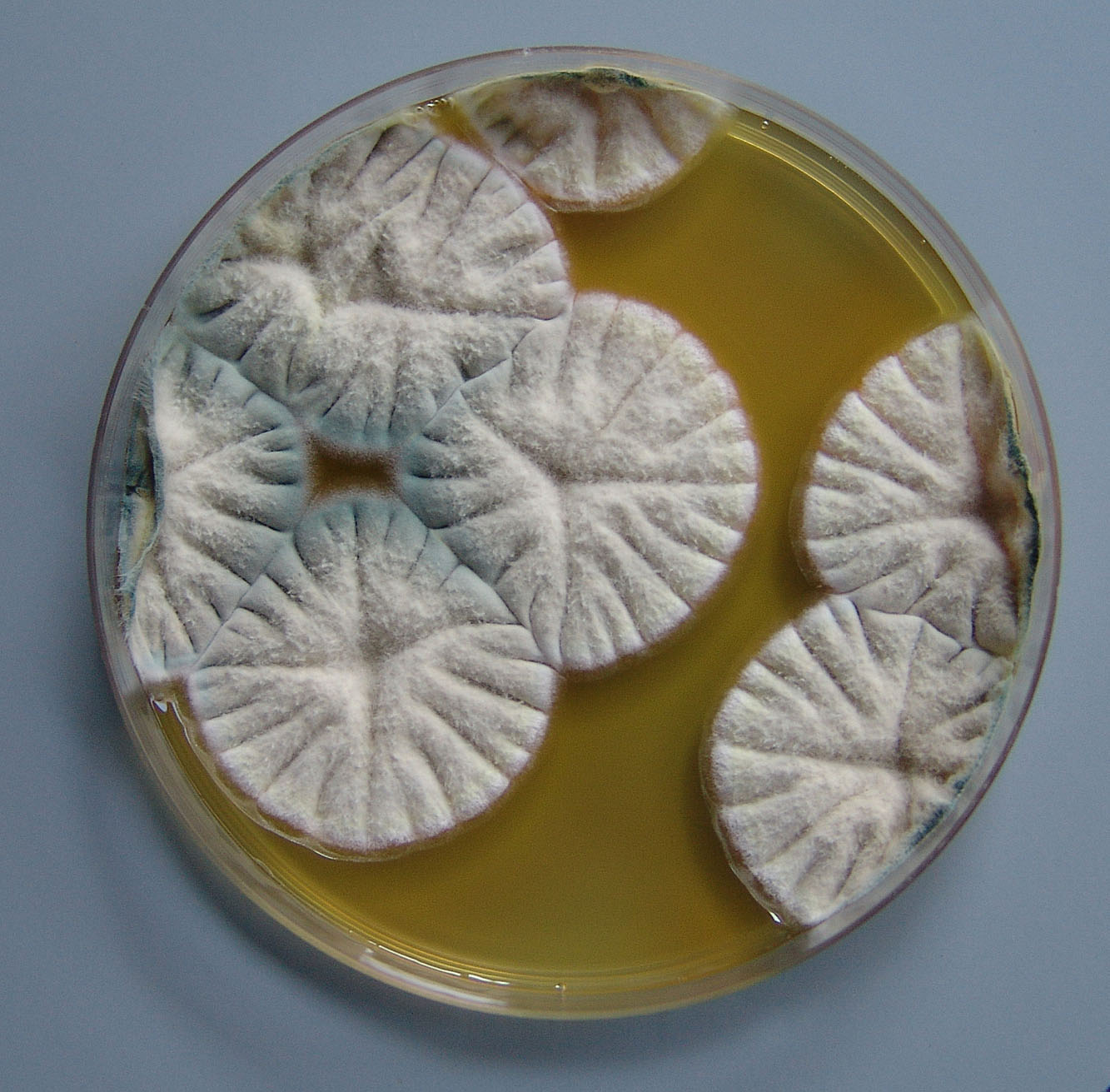WEDNESDAY, Jan. 27, 2016 (HealthDay News) — Even when blood tests of HIV patients on antiretroviral drugs show no sign of the AIDS-causing virus, it can still be replicating in lymphoid tissue, researchers report.
The study offers important new insight into how HIV persists in the body despite treatment with the powerful drugs, according to the team of international researchers led by Northwestern University’s Feinberg School of Medicine in Chicago.
To reach their finding, they examined viral sequences in samples of lymph node and blood cells from three HIV-infected patients who had no detectable virus in their blood.
And what they found was that a viral reservoir in lymphoid tissue, which scientists believed held long-lived infected cells in a resting state, was being constantly replenished with infected cells.
“The challenge is to deliver drugs at clinically effective concentrations to where the virus continues to replicate within the patient,” said study corresponding author Dr. Steven Wolinsky in a university news release. He is chief of infectious diseases at the Feinberg School of Medicine.
The study, published Jan. 27 in the journal Nature, highlights the importance of delivering high concentrations of antiretroviral drugs to all areas in the body where HIV can grow. Developing drugs that can reach this newly identified HIV “sanctuary” in lymphoid tissue may be the first step towards a cure, the researchers suggested.
Study co-author Angela McLean, a professor of mathematical biology at Oxford University in England, said in the release, “The study is exciting because it really changes how we think about what is happening in treated patients.
“It helps explain why some strategies that tried to clear the reservoir have failed,” she noted.
More information
The U.S. National Institute of Allergy and Infectious Diseases has more about HIV/AIDS.
Copyright © 2025 HealthDay. All rights reserved.

